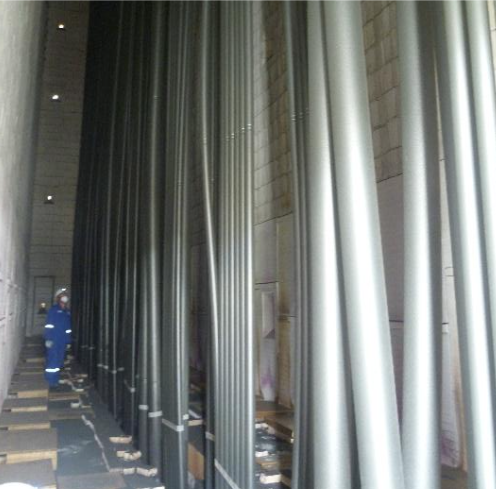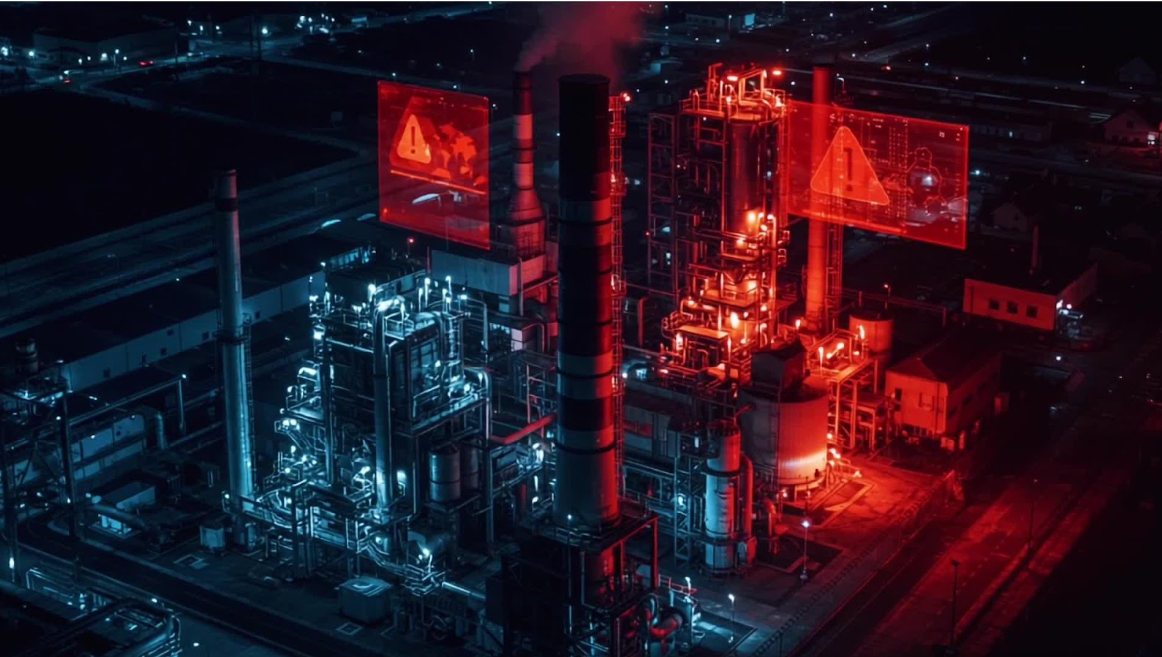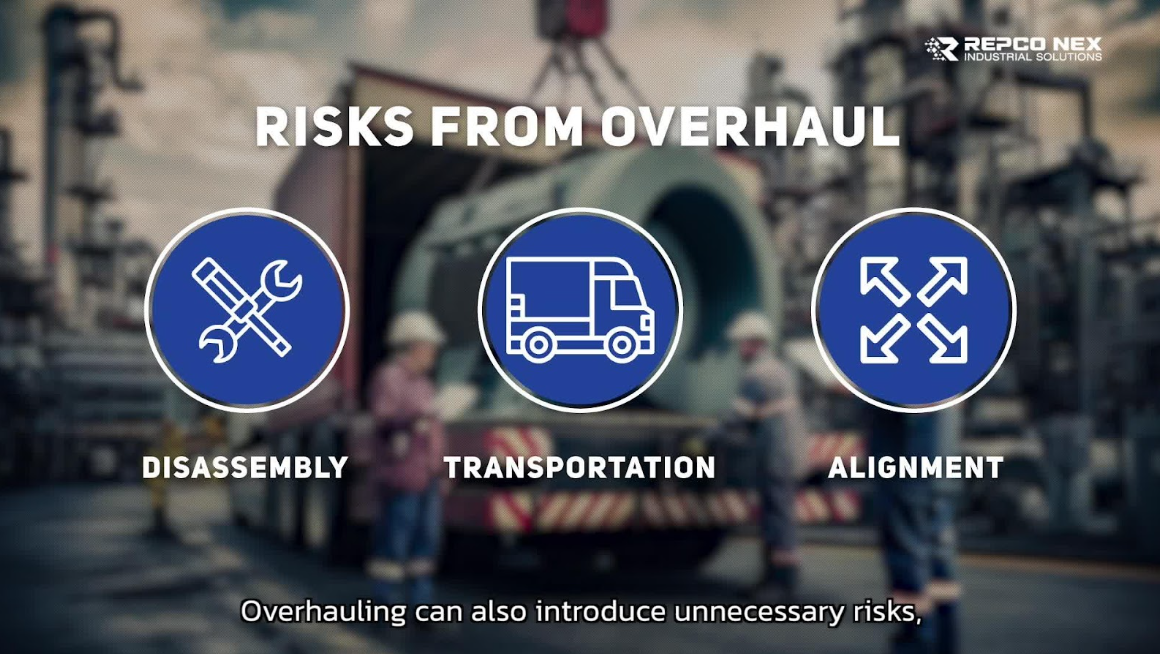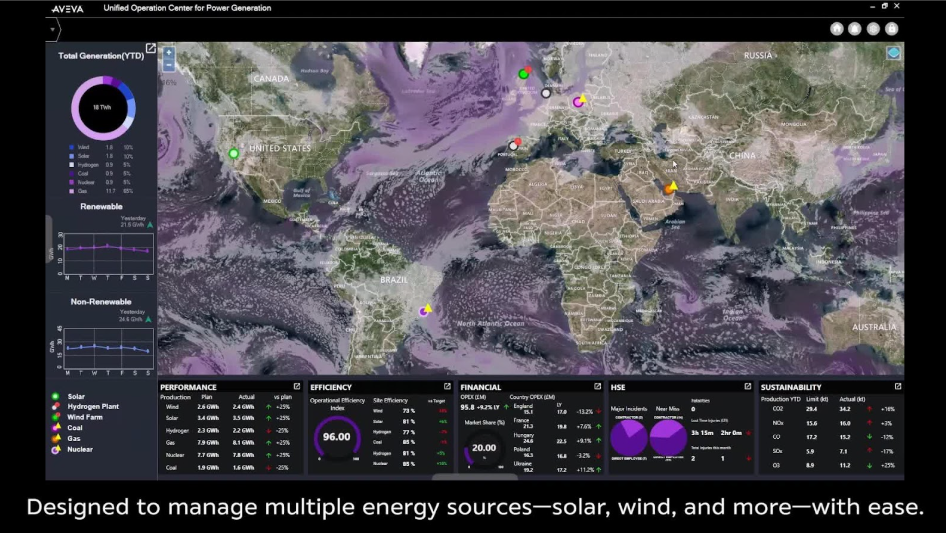What is Fatigue Failure?
Breakage due to material fatigue is caused by the force acting around This causes small cracks in the material to expand. Over time, the cracks grew larger. until the remaining material can no longer bear the force There will be a sudden fracture in the end. The most prominent feature on the crack surface is the beach mark, which is a sign of the expansion of the crack.
This type of fracture can occur in all types of metal materials and alloys but differs in the degree of force and the number of cycles the material can withstand. before damage
In addition, fractures due to material fatigue occur more quickly. if the material is subjected to a corrosive atmosphere; This form of damage is known as Corrosion Fatigue.
Mechanism of Fatigue and Factors Causing Problems
The cause of fatigue damage is the cyclic stress that can occur from vibration, shock, or forces arising from the expansion and contraction of a material resulting from a change. temperature to cause small cracks in the material to expand until the eventual damage
There are 3 stages of the damage mechanism of fatigue fracture as follows:
- Stage 1: Crack initiation: In the discontinuity area, incisions and grooves on the material will act as small cracks.
- Stage 2: When receiving the force acting in each round will cause crack propagation
- Stage 3: Enlarged cracks This reduces the area of loading of the material. until finally unable to withstand causing a fracture
Predicting the Cause of Fatigue from Fractured Surfaces
1. Tension-Tension or Tension-Compression
The force acting on the material is a force in one direction. It may be a greater pulling force versus a smaller pulling force. or can be tensile and compression The appearance of the crack surface can be seen at the beginning of the material surface crack. and there is a line of the expansion of cracks perpendicular to the tensile force acting finally, this will be the final instantaneous damage area.
2. Unidirectional bending
The force causing the fracture comes from the bending force. The appearance of the cracked skin is similar to the first form of fatigue damage.
3. Reversed bending
The force acting in this form is the back and forth bending force, showing the starting point on the crack surface from both sides of the material surface. In the middle part, you can see the line of crack expansion. and the final instantaneous damage point
4. Rotating bending
This form of damage is often found in the shafts of machines. that must bear the bending force together with the rotation that shows the misalignment of the expansion line of the crack as a result of the rotation itself.
5. Torsion
The torque acting on the workpiece causes breakage to occur in the 45o line. Just like any other form of fatigue damage, you can see the beginning of the crack. crack expansion line and the last area of immediate damage




